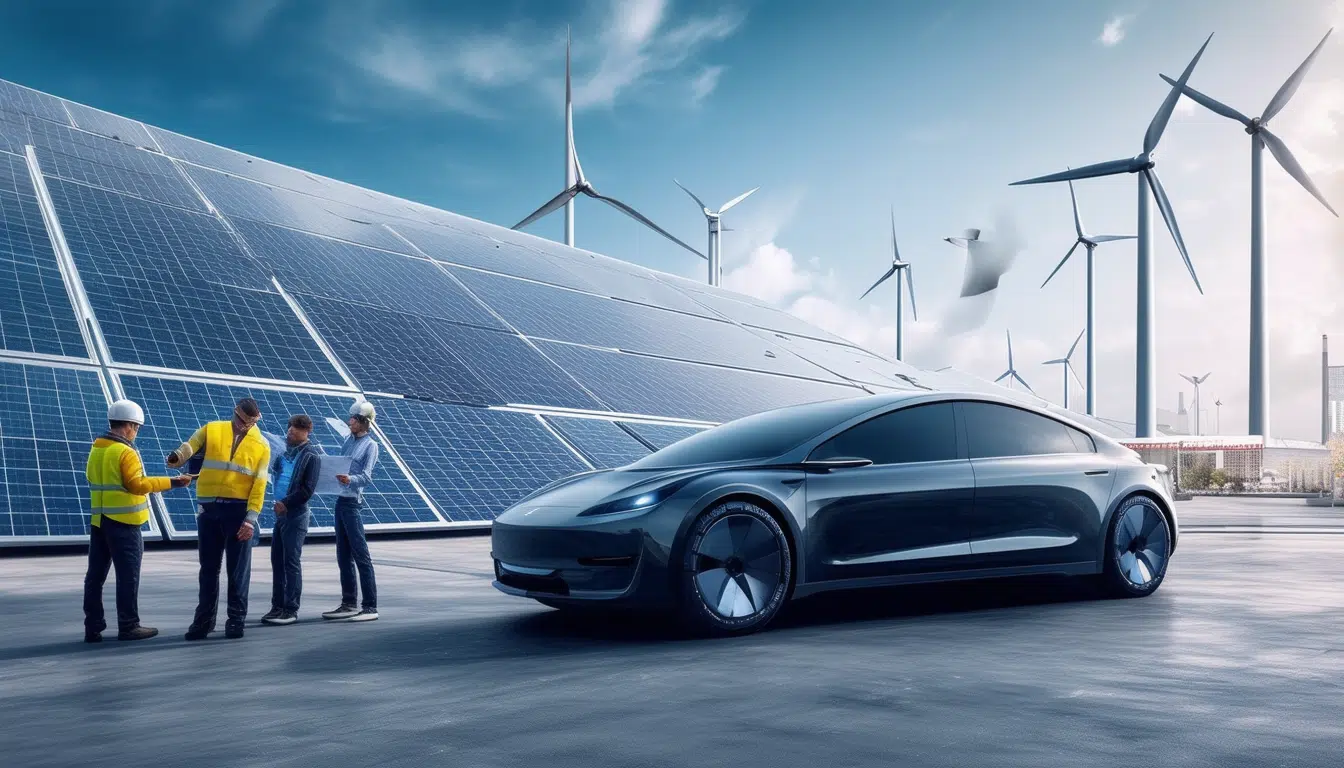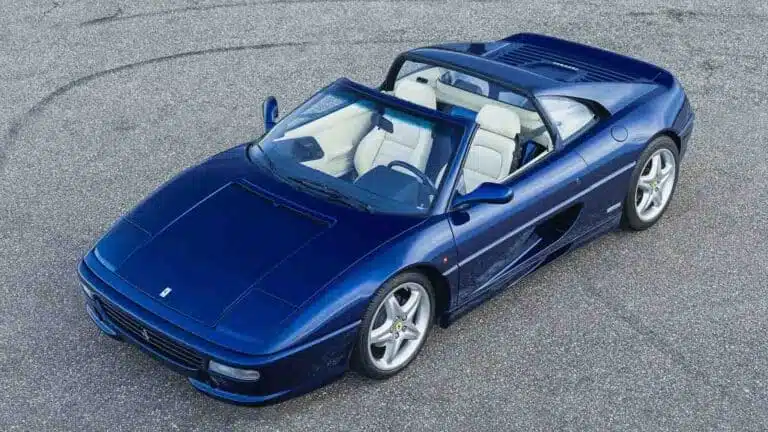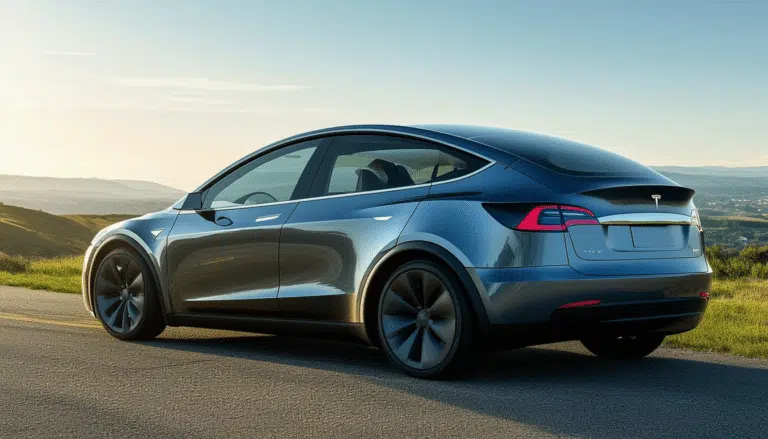The impact of electric cars on the European automotive industry

The transition to electric cars is causing a profound transformation in the European automotive industry. The strict environmental regulations imposed by the European Union, which plan to gradually phase out internal combustion engines by 2035, have put European manufacturers in a complicated situation. The lack of adequate charging infrastructure and the high cost of electric vehicles are significant barriers to their mass adoption. This change not only affects the market and shifts the economic weight to other regions but also has a considerable impact on employment and the competitiveness of the continent’s automotive industry.
The advent of electric cars is significantly transforming the automotive industry in Europe. The forced transition to these cleaner technologies faces European manufacturers with numerous challenges. From compliance with strict emission regulations to the pressure to adapt to new market demands, the path to electrification involves a series of economic and practical barriers. Below, we explore how these dynamics are affecting the sector.
A strict regulation and the challenge of electrification
The regulations from the European Parliament have established a ban on the manufacture of internal combustion engines that will come into force in 2035. Until then, increasingly stricter limits on emissions from new vehicles are imposed, with fines that can reach 16 billion euros. This puts European manufacturers in a delicate position, trying to adapt without losing competitiveness.
Slow adoption of electric cars
Despite forecasts projecting that nearly a quarter of the cars sold in Europe would be electric, the reality falls short with only about 13% of the market covered. In Spain, for example, registrations of pure electric cars do not reach 5%, highlighting a greater challenge for widespread adoption. The high costs of these vehicles and the lack of accessible charging infrastructure are significant barriers.
Support plans and their questionable effectiveness
To incentivize purchases, certain European countries have implemented aid programs such as the Moves Plan in Spain. However, the effectiveness of such plans is in doubt due to delays in payments and tax requirements that discourage potential buyers. The Association of Manufacturers, Anfac, has repeatedly highlighted these issues.
The pressure on manufacturers
2024 will see a new review of the CAFE regulation, decreasing emissions limits by 20% to 93.6 grams of CO2 per kilometer. To meet these goals, manufacturers must increase their sales of electric cars, which remain expensive for the average consumer. This leads to considering a rise in the prices of combustion cars, thus affecting the economic landscape and production on the continent.
Economic impact and geographical shift
The electrification is impacting the labor market in Europe, with major manufacturers like Volkswagen and Ford reducing their workforces. Meanwhile, production is shifting to lower-cost locations, such as Morocco, where companies like Stellantis and Renault have increased their investments. This could jeopardize local employment and increase the outsourcing of European automotive factories.
Global competition and new alliances
The EU’s policy has opened the door to Chinese companies that are quickly penetrating the European market thanks to their advanced technologies and lower production costs. This change could mean a drastic adjustment in competition against European manufacturers. Strategic movements such as collaboration between Tesla and BYD to dominate the electric car market in 2024 reflect the dynamism of the sector.
Challenges and the future of electrification in Europe
Massive investments in electrification, reaching 250 billion euros by 2030, aim to stabilize the sector. However, the path towards widespread adoption of electric vehicles presents obstacles. As European manufacturers navigate regulatory, market, and competitiveness challenges, the future of the industry remains uncertain but full of possibilities for innovation and technological change.
The transition to electric vehicles in Europe is having a significant effect on the automotive industry. This change driven by strict emission regulations imposed by the European Union has created a challenge for manufacturers, who must quickly adapt to avoid exorbitant fines for failing to meet the set emission limits.
Despite the goal of reaching a 25% market share for electric cars, the reality is that they have only achieved a 13% share in EU countries, leaving many manufacturers in a complicated situation. Sales have been hindered by various barriers, including high prices, lack of charging infrastructure, and an accelerated depreciation of the vehicle after several years of use.
To address these issues, some European countries have introduced purchase aids, such as the Moves Plan in Spain, although its slow implementation has reduced its effectiveness. Additionally, the strong entry of Chinese companies into the European market, with advanced electric vehicle technology and lower production costs, threatens the competitiveness of European manufacturers.
The need for outsourcing production, seeking lower labor and transportation costs, has led some companies to relocate their operations to countries like Morocco. This trend, while economically beneficial for specific operations, jeopardizes the future of employment within Europe. The closure of factories and the reduction of workforces are testament to this growing risk.
If Europe aspires to maintain its position as a powerhouse in the automotive sector, it must consider adapting its policies, balancing environmental objectives with the economic sustainability of the industry. Only with a coordinated approach that combines innovation, investment, and a balanced regulatory framework will it be possible to ensure a successful evolution towards the future of electric mobility.





